
The Rise of the Maya
By Storybird

04 Oct, 2023
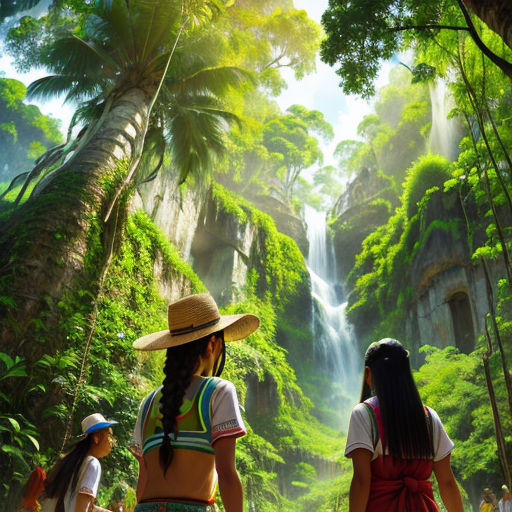
In the heartland of modern-day Mexico, years before the Common Era, a civilization began to take root. The ancient Maya formed societies along the fertile banks of rivers, their existence intertwined with the rhythm of the natural world.
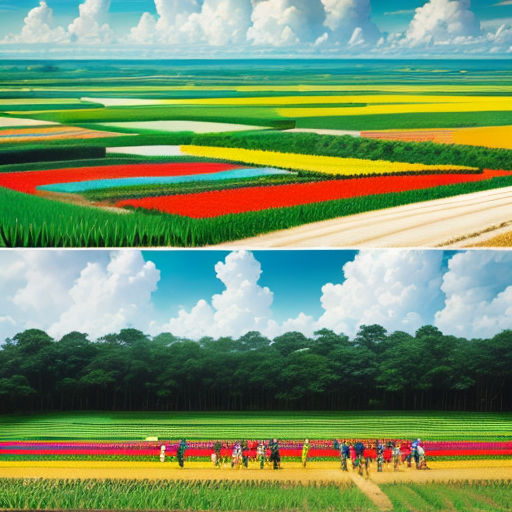
The Maya began as hunters and gatherers, dependent on the bounty of the land. They soon discovered the magic of maize, a crop that would become a cornerstone of their civilization.
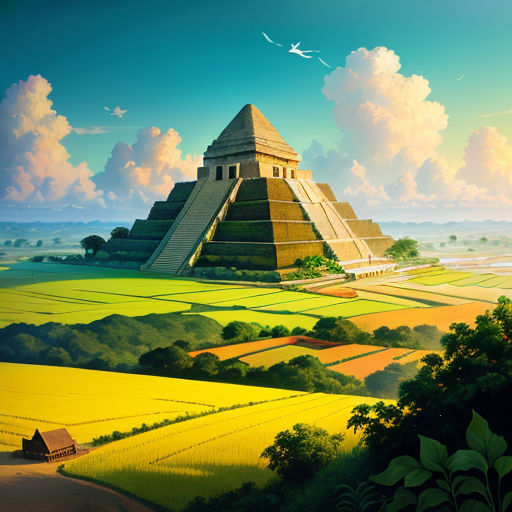
They established agricultural communities, cultivating maize alongside beans and squash. This fruitful era marked the birth of Mayan civilization, as they transitioned from nomadic tribes to settled communities.
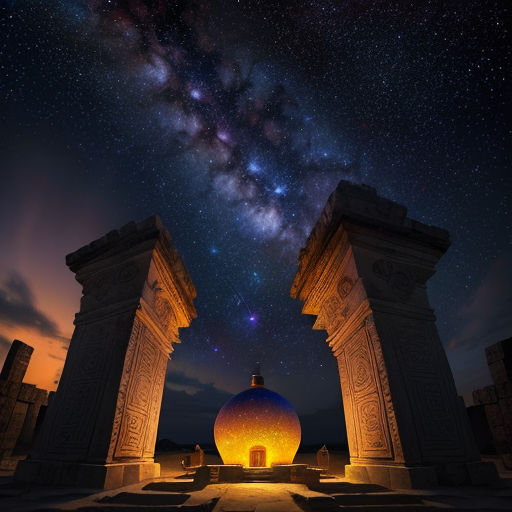
The Maya developed a sophisticated understanding of astronomy. They observed the stars and planets, their patterns and movements, and created a complex calendar system.
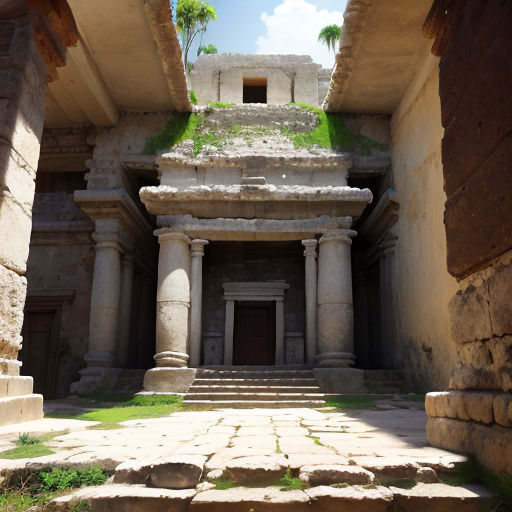
This was the beginning of their extraordinary intellectual and cultural development. The Maya started to build monumental architecture, creating grand cities out of limestone.
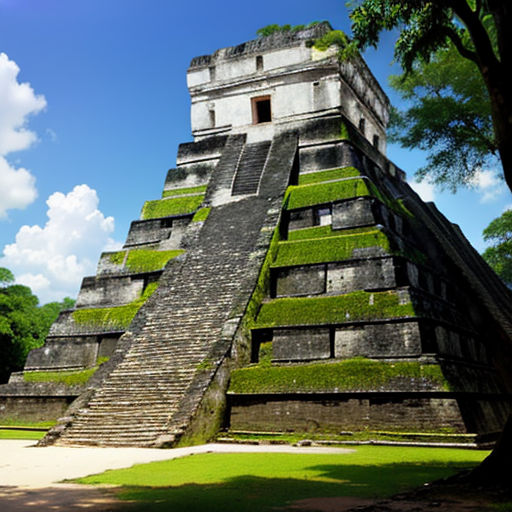
Among these cities, Tikal and Palenque emerged as dominant powerhouses. Here, the Maya established dynastic rule and expanded their influence through warfare and diplomacy.
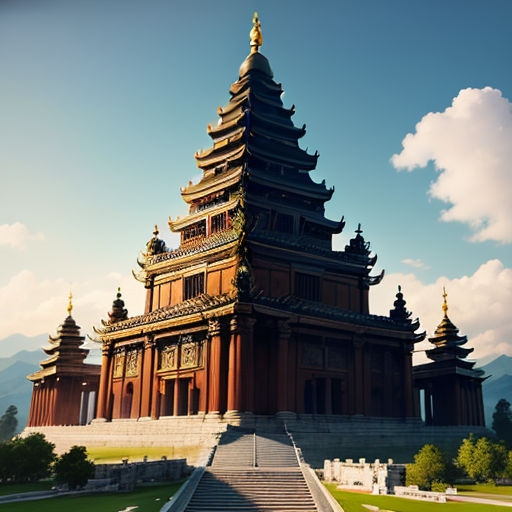
Their society was hierarchical, with nobles and priests at the top. These elites were responsible for maintaining order, conducting rituals, and making significant decisions.
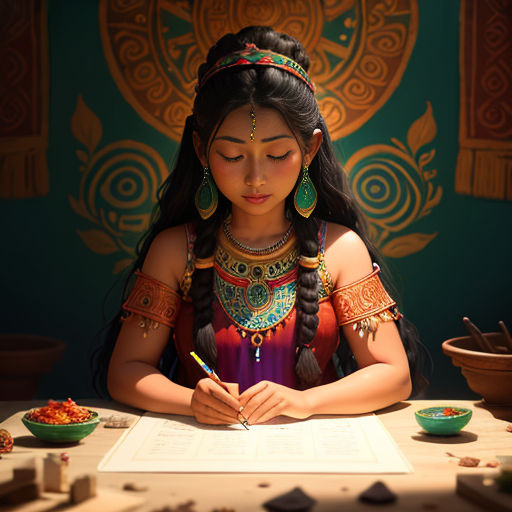
The Maya were skilled artisans. They produced exquisite pottery, carved jade, and created vibrant murals. Their art was deeply symbolic, reflecting their religious beliefs and societal values.
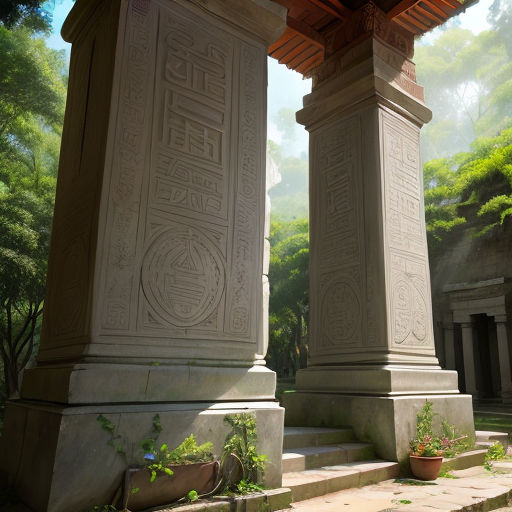
They also developed a complex writing system, using pictograms and phonetic symbols to inscribe their history and beliefs on stone monuments, pottery, and books.
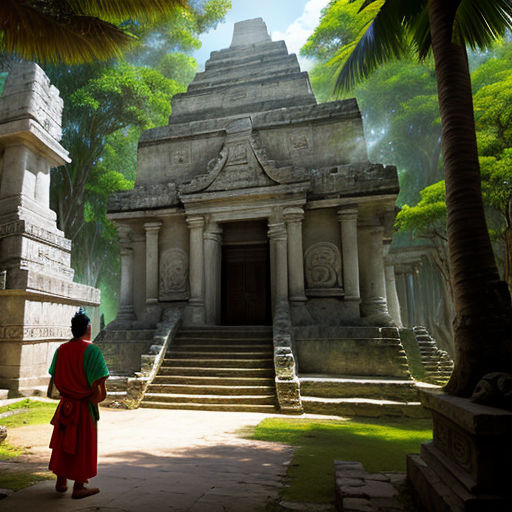
The Maya revered their gods and sought their favor through rituals and sacrifices. They believed in a cyclical view of time, where death was merely a transition into another form of existence.

Around 800 CE, the Maya civilization experienced a mysterious decline. Many of their grand cities were abandoned, and their population dwindled.
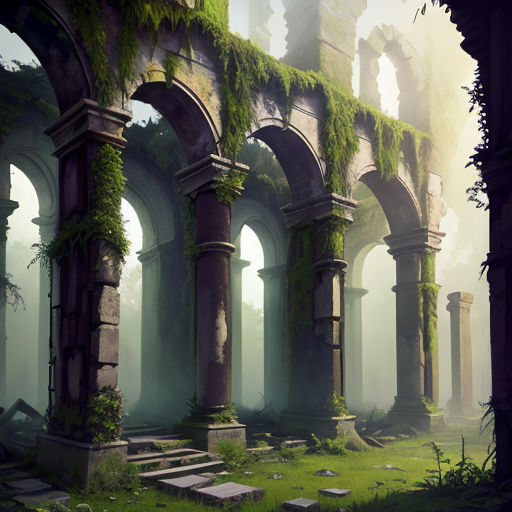
Scholars speculate that factors such as overpopulation, warfare, and environmental changes might have contributed to this collapse. However, the exact cause remains a mystery.

Despite this decline, some Mayan cities continued to thrive in the northern Yucatan Peninsula. These post-Classic Maya developed new ways of life, adapting to the changing times.

When the Spanish conquistadors arrived in the 16th century, they encountered these resilient Maya. The Spanish conquest, however, brought devastating diseases and violent conflict.
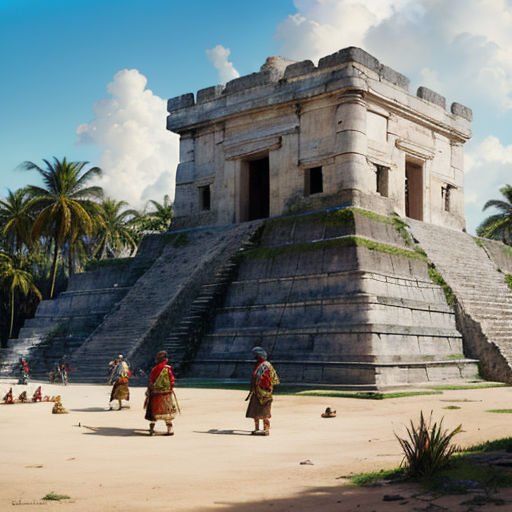
The Maya resisted fiercely, but eventually succumbed to the overwhelming force of the Spanish. This marked the end of the independent Mayan civilization, but not the end of the Maya themselves.
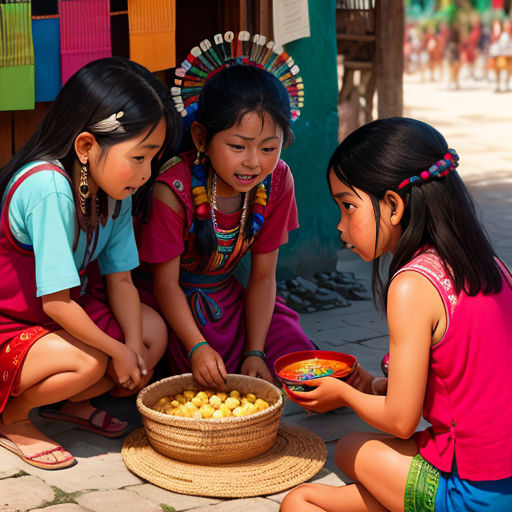
Despite centuries of colonization and oppression, Maya culture has survived. Many modern Maya continue to speak their ancestral languages and maintain traditional customs.
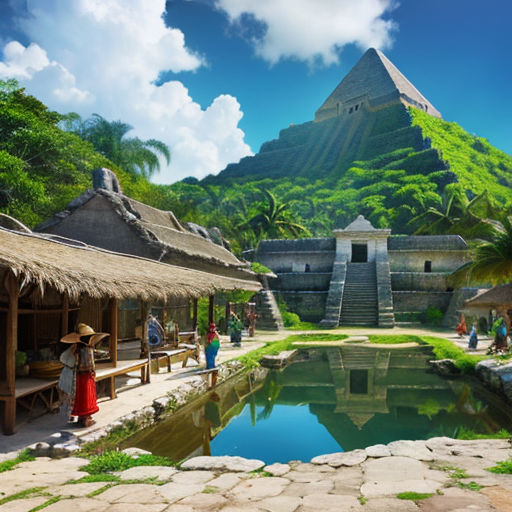
They are farmers, artisans, and scholars, their lives a testament to the resilience and adaptability of the Maya civilization. They are the living legacy of a once mighty civilization.
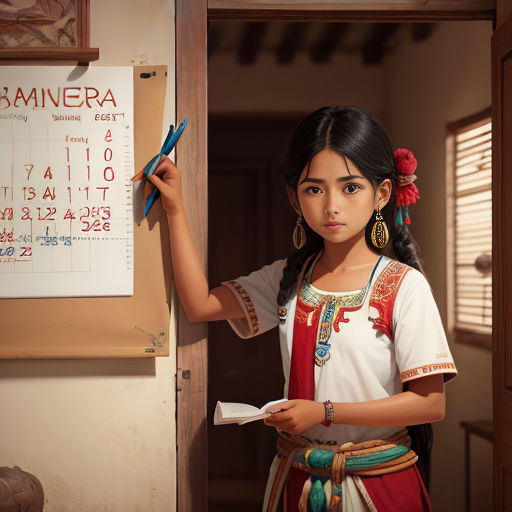
The Maya left behind a rich cultural and intellectual heritage. Their calendar system, writing, and art continue to inspire and intrigue scholars around the world.
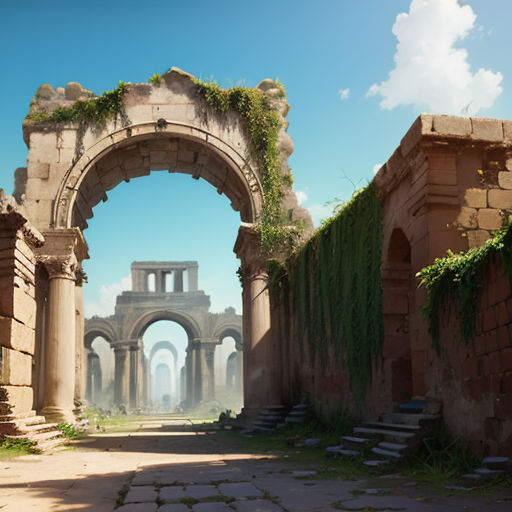
Their ruins, scattered across Central America, stand as silent witnesses to their grandeur and sophistication. These ancient cities are now important archaeological sites, drawing thousands of visitors each year.
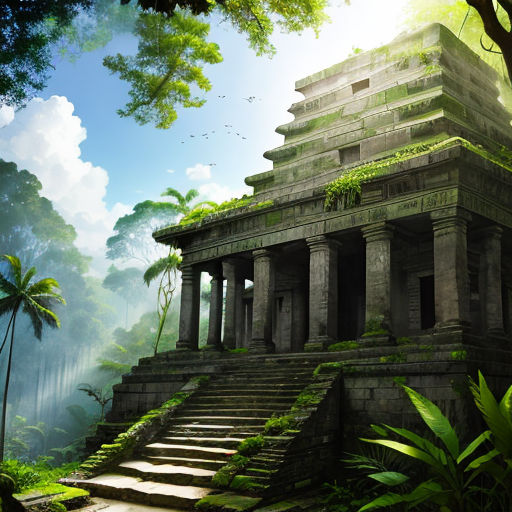
The story of the Maya is a tale of rise and fall, resilience and adaptation. It is a testament to the enduring spirit of humanity, its ability to create and to endure.
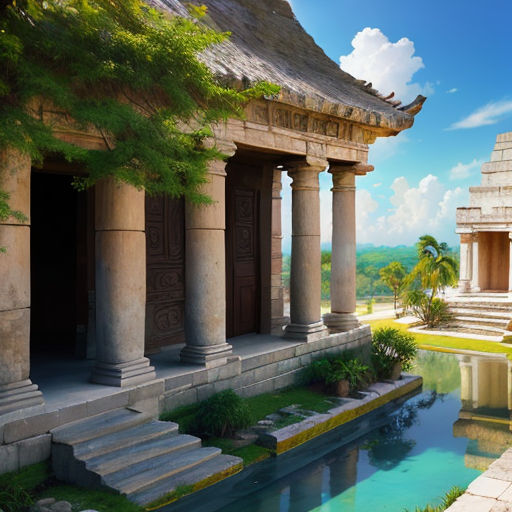
The Maya civilization, with its advanced knowledge of astronomy, its beautiful art, and its complex social structure, continues to fascinate us. Their legacy is a priceless gift to the world.
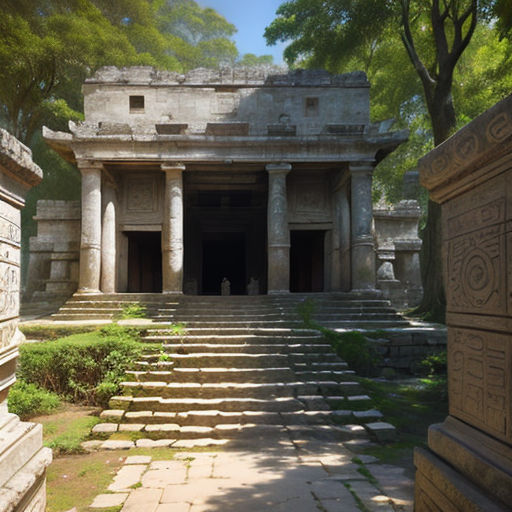
And as we delve into the history of the Maya, we are reminded of the intricate tapestry of human civilization. We see the power of human ingenuity and the strength of human spirit.
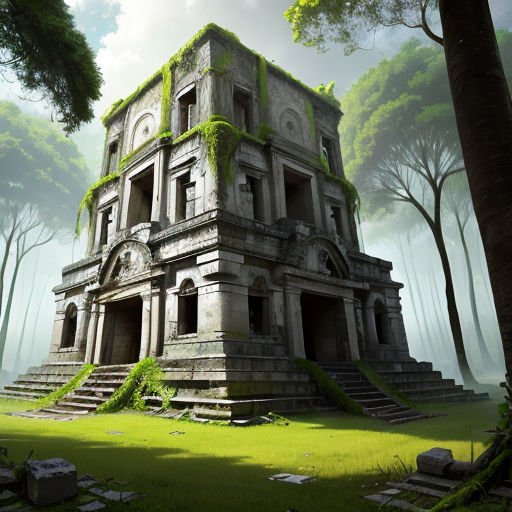
We learn about the importance of respecting and preserving our natural environment, a lesson the Maya learned too late. Their story serves as a stark reminder and a warning for our own times.

We also learn about the dangers of unchecked power and warfare, lessons that resonate with modern conflicts. The Maya's history offers a mirror to our own world, reflecting both our triumphs and our follies.
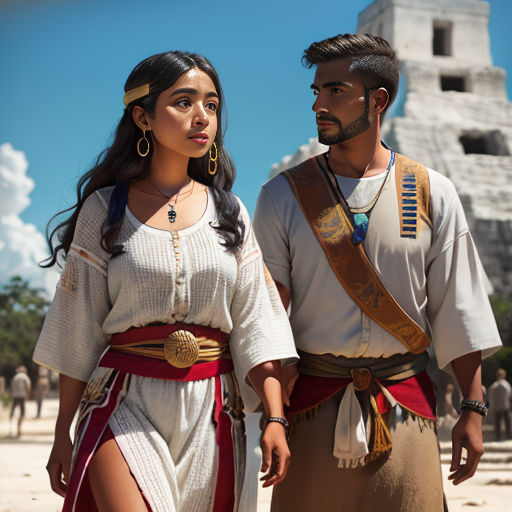
As we continue to uncover the secrets of the Maya, we are not just excavating ancient ruins. We are digging into our shared human history, understanding our past to better navigate our future.

The legacy of the Maya is more than their monumental architecture or their intricate calendar. It is in the living culture of the Maya people, who continue to carry their ancestral traditions forward.
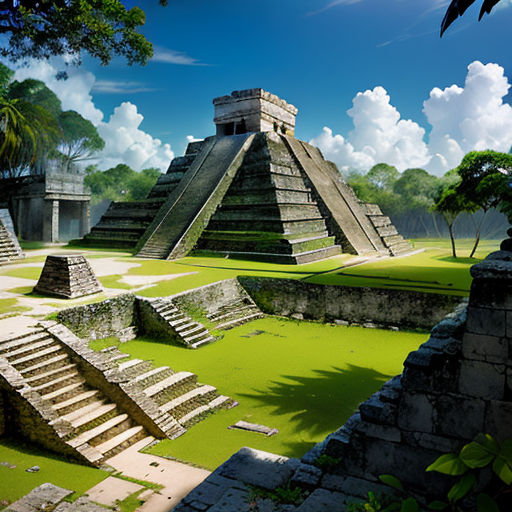
Their resilience in the face of adversity, their ability to adapt and endure, are testament to the enduring spirit of the Maya. It is this spirit that makes the story of the Maya truly captivating.
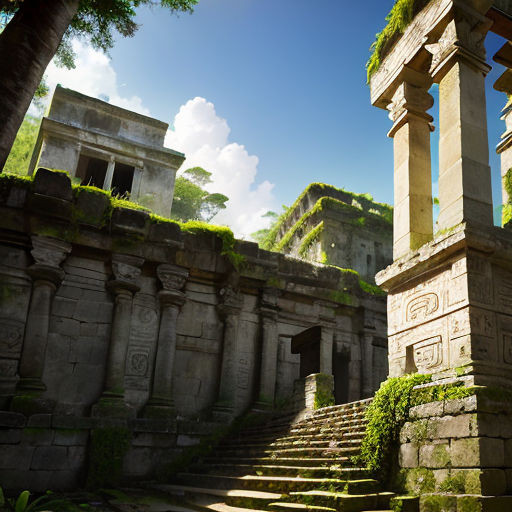
Today, as we explore the ruins of their ancient cities, we are reminded of the grandeur of the Maya civilization. And as we learn about their culture and traditions, we gain a deeper understanding of our own humanity.
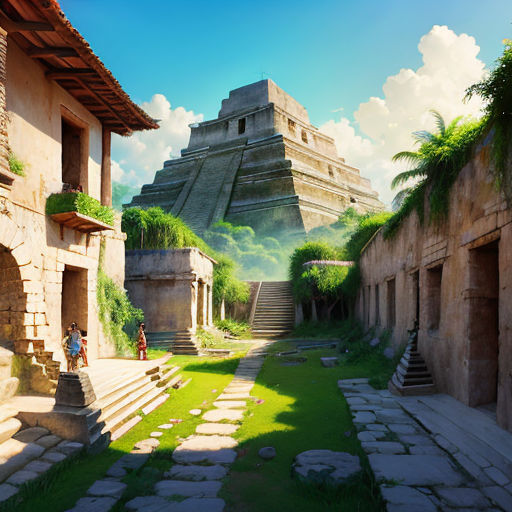
The story of the Maya is a story of human achievement and resilience. It is a story that continues to unfold, as we uncover more about this fascinating civilization and its enduring legacy.
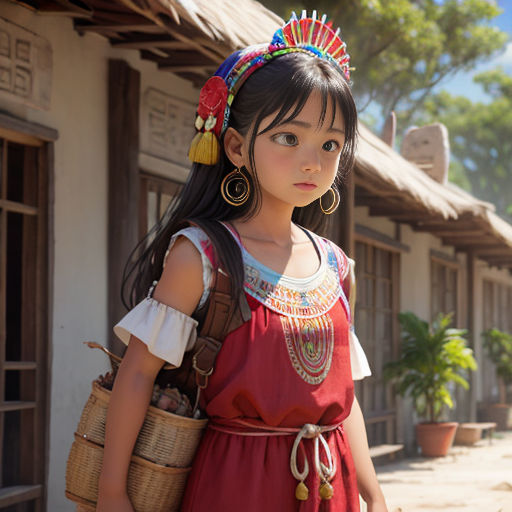
The rise of the Maya is a testament to human ingenuity and adaptability. Their story is a reminder that civilizations may fall, but human spirit prevails, carrying the seeds of culture and knowledge forward into the future.
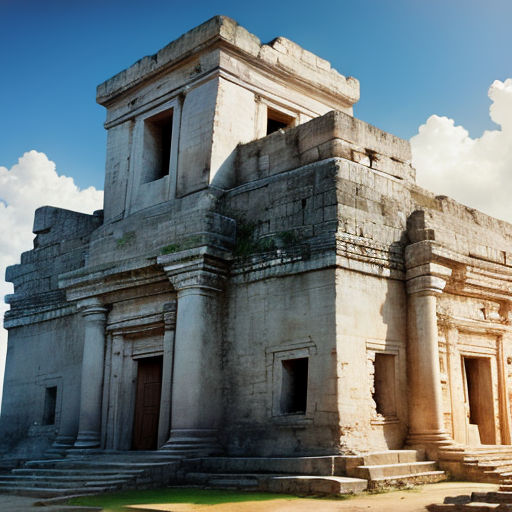
From their humble beginnings as hunters and gatherers to their rise as a sophisticated civilization, the Maya have left an indelible mark on human history. Their legacy continues to inspire and intrigue us, sparking our curiosity and our imagination.
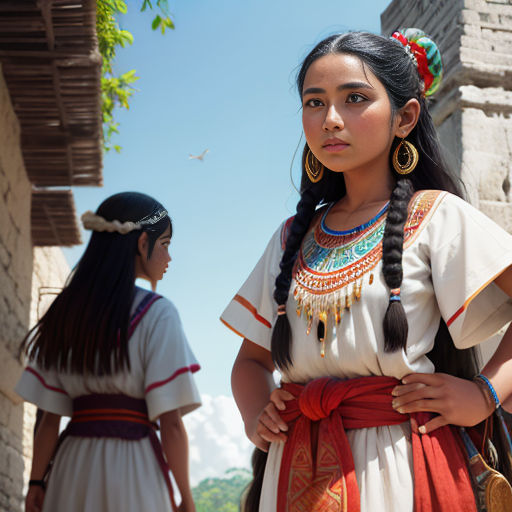
As we continue to explore the fascinating history of the Maya, we are reminded of the richness and diversity of human civilization. Their story is a testament to the enduring power of the human spirit, its capacity to create, to adapt, and to endure.
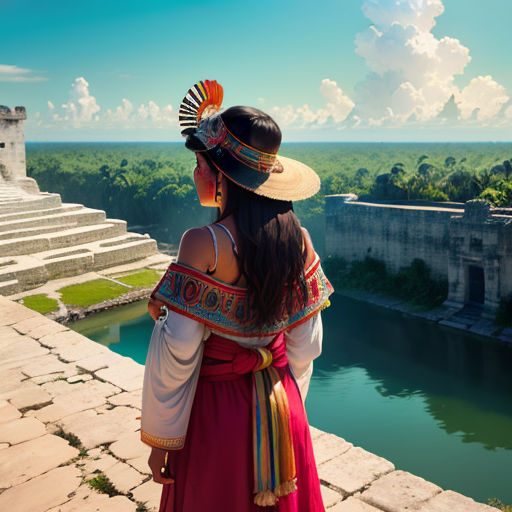
The rise of the Maya is a captivating tale of human achievement, resilience, and adaptability. It is a tale that continues to resonate today, reminding us of our shared humanity and our capacity to overcome adversity.
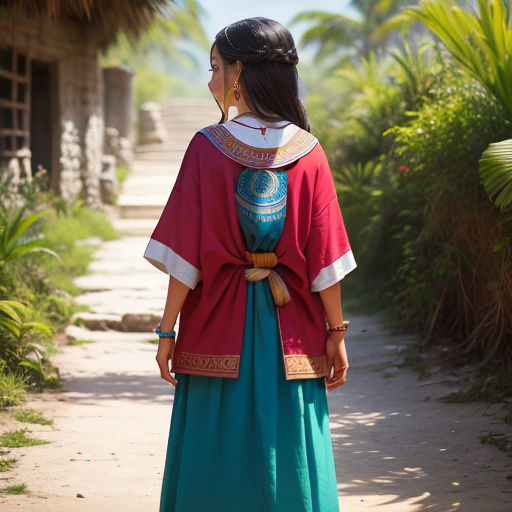
So, the story of the Maya is not just a story of an ancient civilization. It is a story that continues to unfold, a story that resonates with our own challenges and triumphs, a story that reminds us of the enduring power of the human spirit.
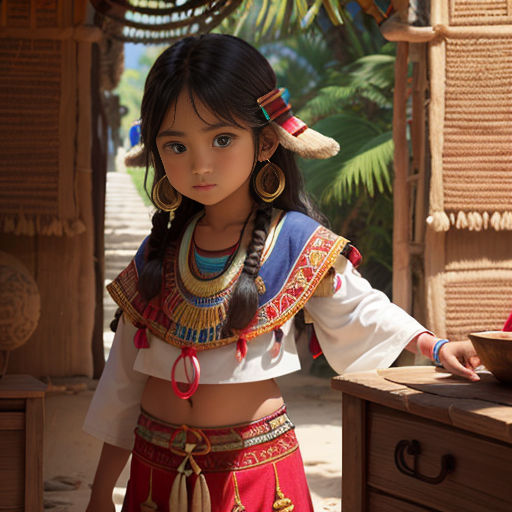
The Maya civilization, with its rich cultural heritage and its profound legacy, continues to captivate us. Their story is a testament to the enduring power of human creativity and resilience. It is a story that continues to unfold, illuminating our past and inspiring our future.